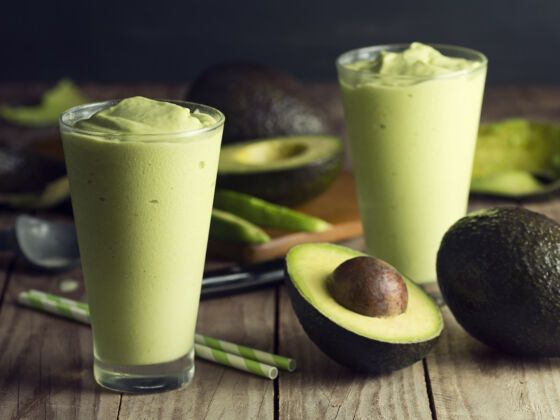SEVEN YEARS AGO I was reborn as a Brazilian.
It wasn’t until I was in my last year of high school that I discovered I’m half Brazilian, and it wasn’t until I stepped foot in Brazil for the first time that I understood it was where I was meant to live.
Part of my Brazilian rebirth involved an insatiable hunt to discover what real Brazilians eat and drink. My advice: skip the Caipirinha.
